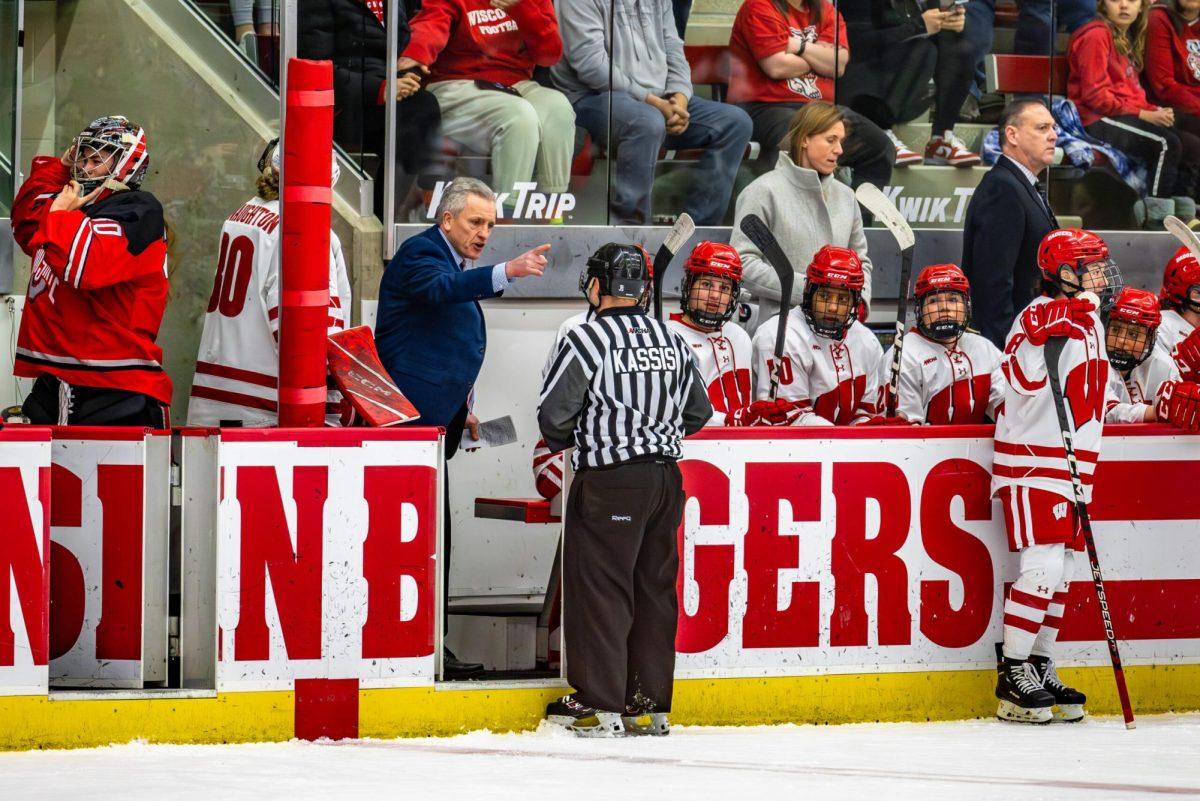Let me try to describe the sound of Zach Galifianakis masturbating.
It starts with an intake of air. One breath, slightly out of place, a little bit sudden. Then a soft, rhythmic beat slowly builds speed, only to be interrupted by Robert Downey Jr. waking up in the passenger seat beside him to inquire about the noise. “Oh, that’s me. I’m just masturbating,” says Galifianakis. And he continues.
The sound is louder now, faster, like a brush across a slightly wet snare drum; a metronomic flesh-on-flesh beating; the world’s most obnoxious watch; a bag of lunch meat being hit over and over with a scratchy woolen mitten. “How long is this gonna take”? asks Downey, slowly coming to terms with the situation.
“Well, if you keep interrupting me, it’s gonna take a little bit longer,” says an exasperated Galifianakis. “But usually it just takes about 35 minutes.”
Welcome to the world of sound editing. The shot, from recent road-trip comedy “Due Date” is kept squarely above the shoulders so that viewers see Galifianakis’s bobbing head, his pumping shoulder, his clenching jaw, but are mercifully spared any visual insight into the finer mechanics of that particular sleep-aid technique.
All the work for that sequence was done after the fact. Obviously (well, presumably) Galifianakis didn’t actually rub one out on set, so the onus was on the sound department – especially the three credited “sound designers” – to soak a washcloth in mayonnaise and slap it on a folding chair, or whatever, and match that recording to Galifiankis’s periodic winces and quivering arm.
Galifianakis (“It’s Kind of a Funny Story”) plays Ethan Tremblay, a bumbling, emotionally-miswired yet kindhearted aspiring actor who, through a series of events involving several coincidences and a U.S. Air Marshal, pairs up with Downey’s (“Iron Man 2”) Peter Highman on a trip from Atlanta to Los Angeles in a rented Subaru sedan.
Highman, a jaded, sardonic, joyless prick, is trying to make it back home in time for the birth of his first child, yet he’s entirely dependent on Tremblay for that because he’s walletless and on the no-fly list. The dynamic between the two is a little “Of Mice and Men,” except that the two aren’t friends and Tremblay’s stroking has nothing to do with rabbits.
There are plenty of opportunities for the sound editing team to shine during the course of “Due Date.” Like many action comedies, the sound work runs the spectrum from absurd to intense. Car crashes, gun shots, police sirens, door slams and squealing tires all make their appearances during the film, but so do bong hits and dog slobber.
Of course, sound creation is just one aspect of sound editing and mixing. The job also entails making sure that conversations, sound effects, music and background noise are at appropriate volumes, that lines dubbed in post-production match up perfectly with the mouth movements of the actors, that “This is Why I’m Hot” fades in as Tremblay walks away haughtily after receiving a half-hearted apology from Highman for spitting on his bulldog and a host of other tasks that viewers generally take for granted.
In fact, it’s probably a testament to the skill and technology that goes into sound editing that audiences almost never notice that it’s even going on. Luckily, though, The American Academy of Motion Picture Arts and Sciences is there to remind us of the vocation once every year in February. It’s a perplexing Oscar category, when you think about it: The point is that movie-goers don’t notice the work sound editors do; the Academy recognizes this fact by essentially rewarding what they perceive as the most challenging sound work. Big explosions, shoot-outs and chase scenes might not be a path to taking home a statue for Best Picture, but they’re definitely fodder for a Sound Editing award.
So, a movie about a runaway train careening through the Pennsylvania countryside being chased by another train, followed by a helicopter and pursued by police cars probably qualifies. It’s like “Unstoppable” was made for the award (and indeed, it’s one of five nominees for this year’s sound editing Oscar).
“Unstoppable” is a recounting of one day in the lives of Frank Barnes (Denzel Washington, “The Book of Eli”), a veteran engineer and his new partner, rookie conductor Will Colson (Chris Pine, “Star Trek”). Due to a mistake at the rail yard, a massive unmanned locomotive carrying several tanker cars full of highly toxic chemicals barrels down the tracks toward the city of Stanton at speeds high enough to guarantee it will derail on a dangerous curve in the heart of town. Barnes and Colson, who are on the same line in an engine car of their own, are Stanton’s only hope.
The sound mixing for “Unstoppable” must have been quite a feat. In just one scene, there’s train whistles, steel-on-steel braking, the whir of a news chopper, emergency sirens, a cell phone conversation, a person-to-person exchange, radio contact between Barnes and the rail yard, and dramatic music to back it all up. “Unstoppable” is competing against “Tron: Legacy,” “Inception,” “True Grit,” and “Toy Story 3” for the sound editing Oscar. On Sunday, we’ll see if the film lives up to its name.
Lin Weeks is a junior majoring in finance and marketing. Upset with his omission of the DVD you were most excited about renting this week? Vent at [email protected].



















